Popular toys and games that every ’70s kid wanted
The 1970s was a golden era for toys, marked by innovation and creativity that captured the imaginations of children around the world. This was a time when playtime was all about hands-on experiences, and the excitement of discovering new toys was unparalleled. From action figures to board games, the decade brought forth a variety of playthings that continue to resonate with generations today. Let’s take a trip down memory lane and explore some of the most iconic toys of this fascinating era.
The Rise of Action Figures: G.I. Joe and the Birth of a Phenomenon
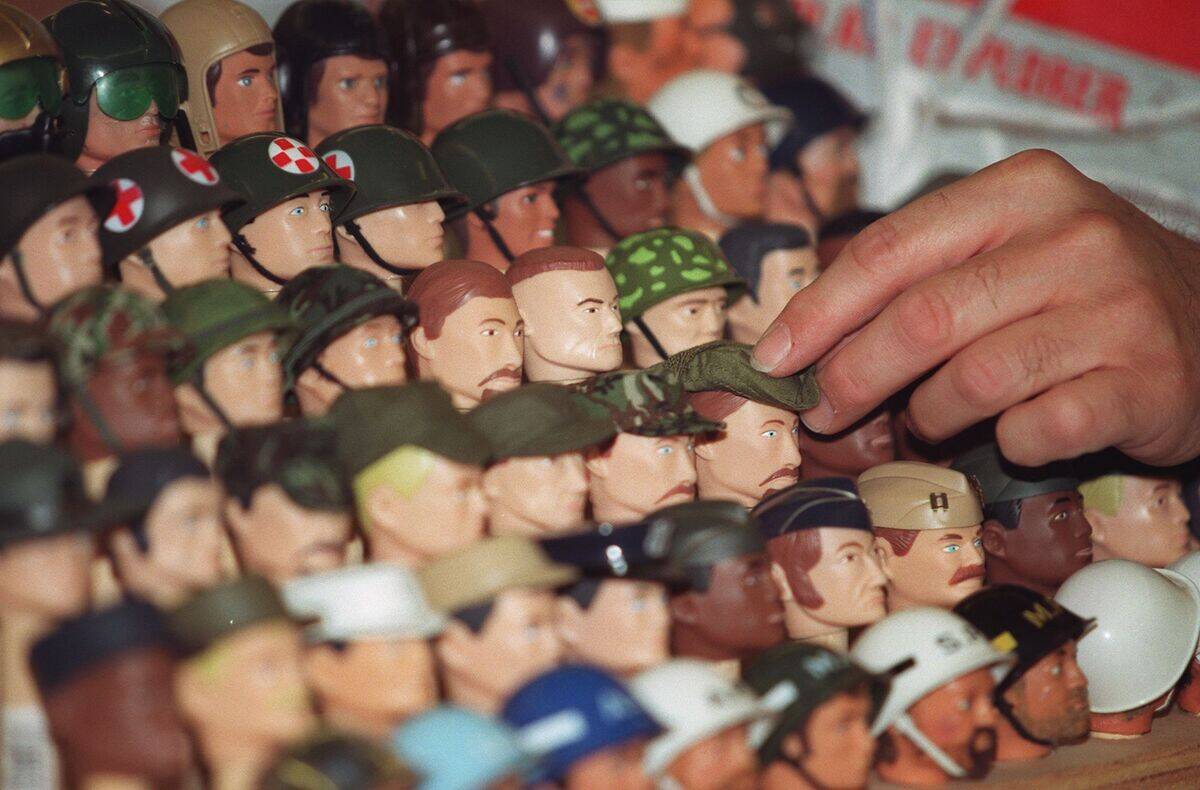
Action figures soared in popularity during the 1970s, with G.I. Joe leading the charge. Initially introduced in 1964 as a 12-inch action figure, G.I. Joe was reimagined in the ’70s with a smaller, more manageable size. This shift allowed for greater articulation and detailed accessories, making them a hit with kids. The success of G.I. Joe paved the way for other action figures, creating a whole new genre of toys that would continue to grow and evolve over the decades.
Barbie’s Evolution: Fashion Trends and Dream Houses

Barbie, the iconic fashion doll, underwent significant changes in the 1970s, reflecting the era’s fashion and cultural trends. With new outfits that mirrored the latest styles and a variety of career roles, Barbie became more than just a doll; she was a symbol of empowerment and possibility. The introduction of the Barbie Dream House in 1974 added a new dimension to playtime, offering children a miniature world to create their own stories and adventures.
The Magic of Lite-Brite: Illuminating Creativity in Kids
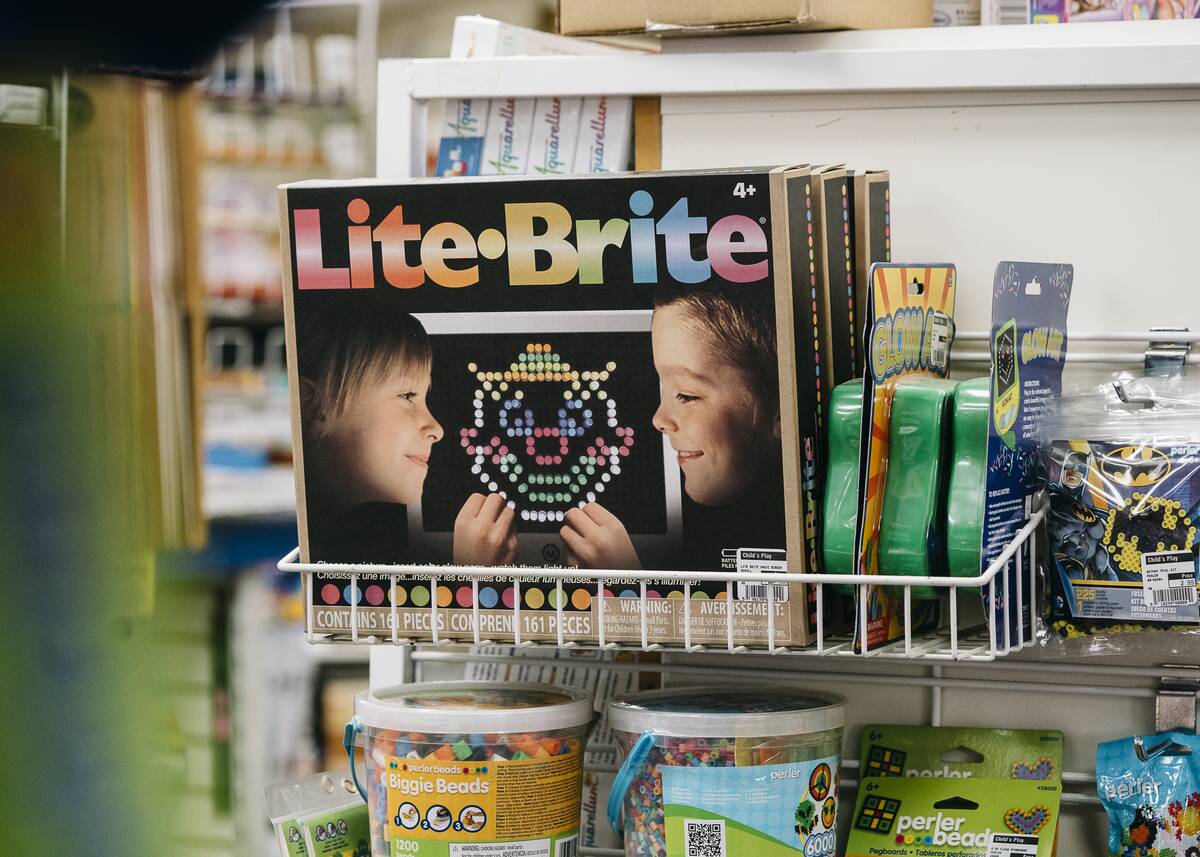
Lite-Brite brought a new level of creativity to the playroom with its glowing art creations. Launched in 1967, its popularity soared in the ’70s as kids used colorful pegs to create vibrant designs on a lightbox. This toy encouraged creative expression and provided endless hours of entertainment. From simple patterns to complex images, Lite-Brite offered a unique way for children to showcase their artistic talents in a fun, illuminating way.
The Rubik’s Cube: A Puzzle Craze That Took the World by Storm
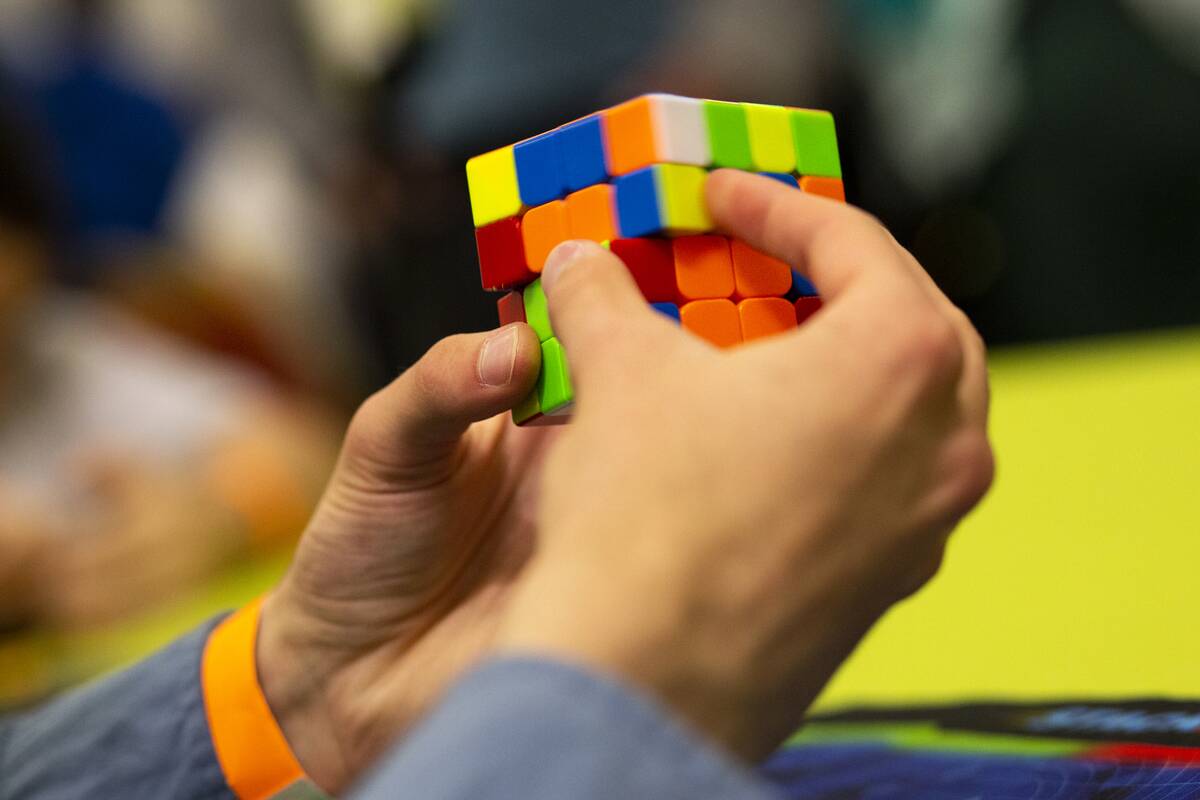
Invented in 1974 by Ernő Rubik, the Rubik’s Cube became an international sensation and a staple of 1970s toy chests. This 3D puzzle challenged players to align all six sides to a single color, a task that proved to be both entertaining and frustrating. Its popularity soared, leading to speed-solving competitions and a lasting legacy in pop culture. The Rubik’s Cube remains a beloved puzzle, with millions still trying to crack its colorful code.
Hot Wheels: Speed and Style on the Living Room Floor
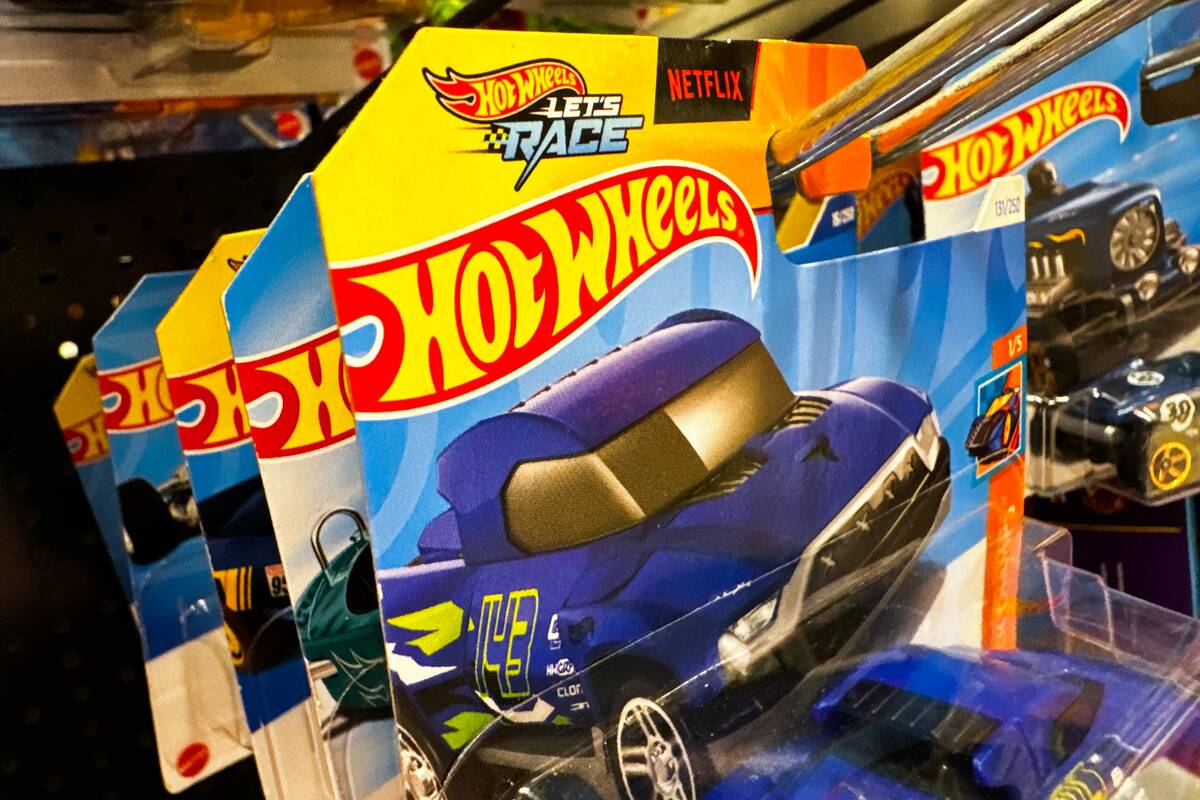
Hot Wheels, introduced by Mattel in 1968, became a defining toy of the 1970s with their sleek designs and high-speed action. These miniature cars, with their distinctive orange tracks, allowed kids to set up elaborate races and stunts that captured the thrill of the racetrack. Hot Wheels cars were known for their detailed designs, which often mirrored real vehicles, making them a hit with both kids and collectors alike.
The Revolutionary Atari: Bringing Video Games Home
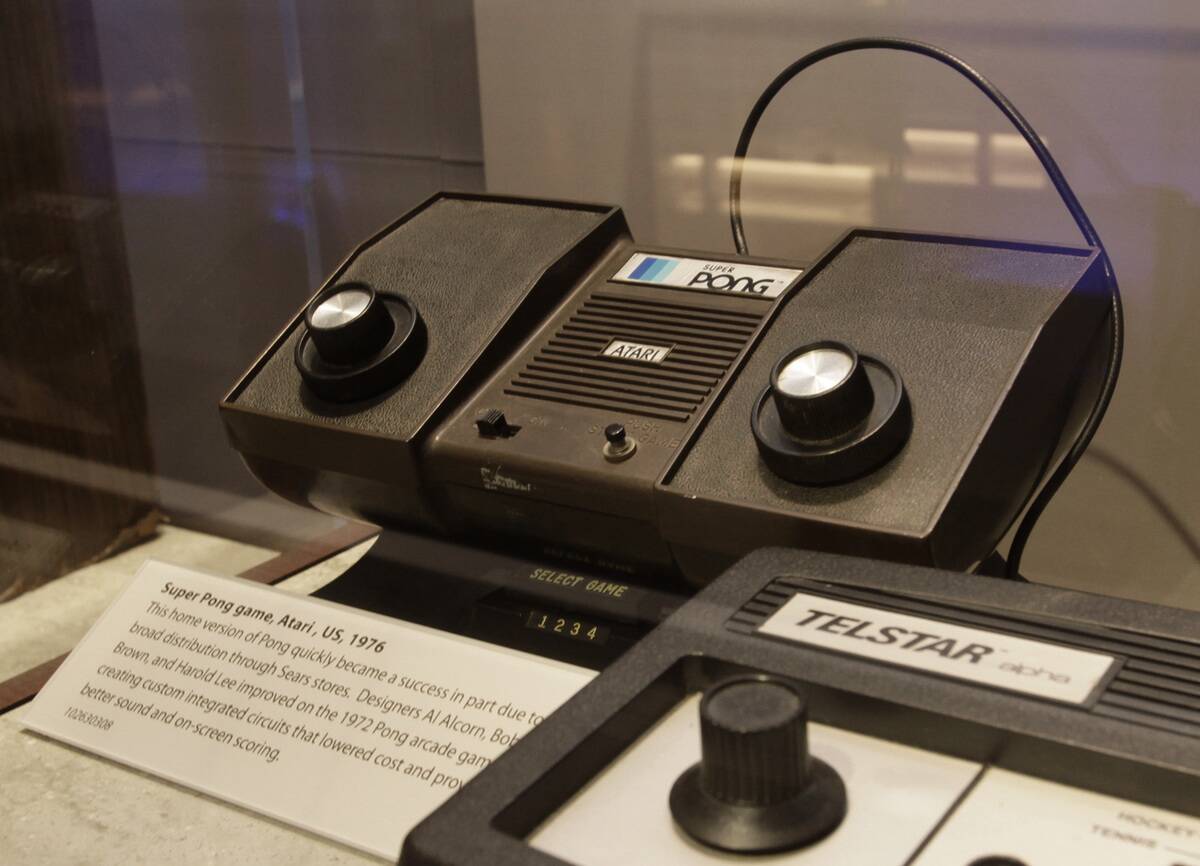
The launch of the Atari 2600 in 1977 revolutionized the gaming world by bringing video games out of arcades and into living rooms. With classic games like Pong and Space Invaders, Atari offered a new form of entertainment that captivated both children and adults. The console’s interchangeable game cartridges were a novel concept, allowing players to experience a variety of games without needing a new system. Atari’s success laid the groundwork for the future of home gaming.
Star Wars Toys: A Galactic Empire of Action Figures and Playsets
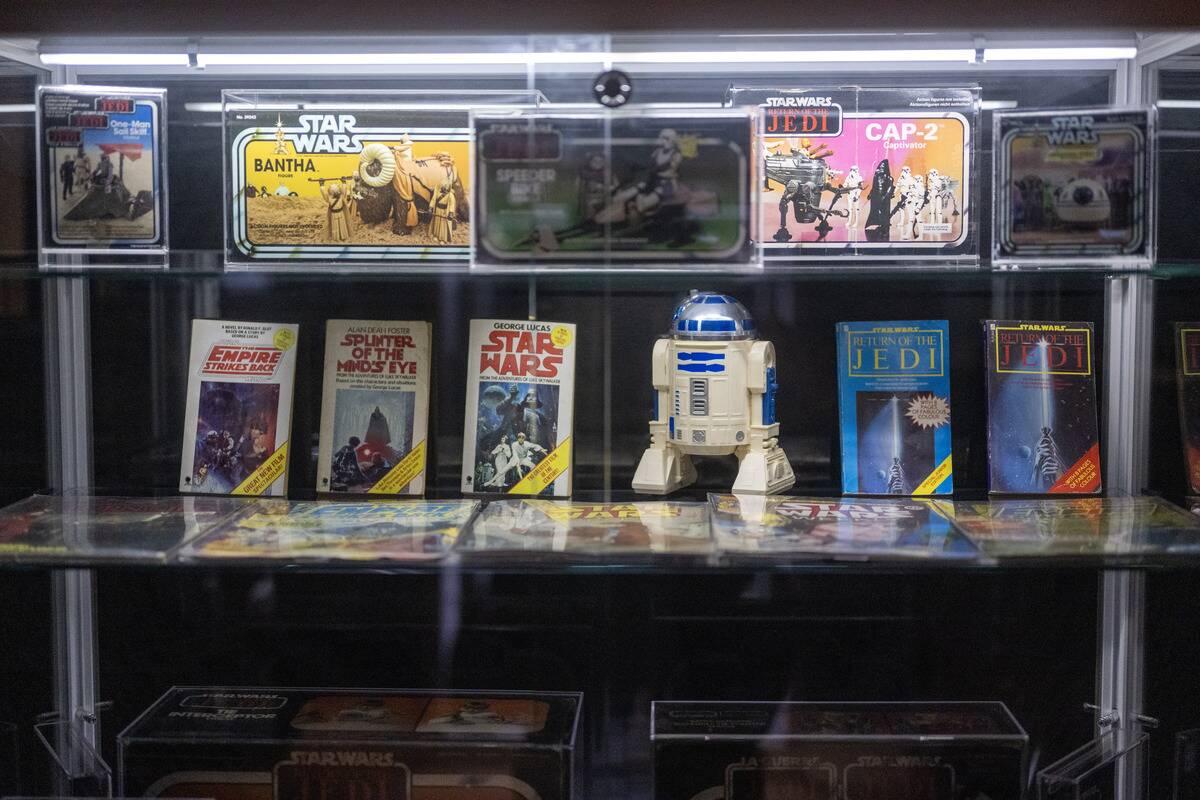
The release of Star Wars in 1977 not only transformed the film industry but also the toy market. The accompanying action figures and playsets became a massive hit, allowing fans to recreate their favorite scenes from the galaxy far, far away. Kenner Products, the company behind the Star Wars toy line, struggled to keep up with demand, leading to the famous “empty box” campaign during the holiday season. These toys became cherished collectibles, keeping the Star Wars magic alive.
Easy-Bake Oven: Baking Dreams in a Pint-Sized Kitchen
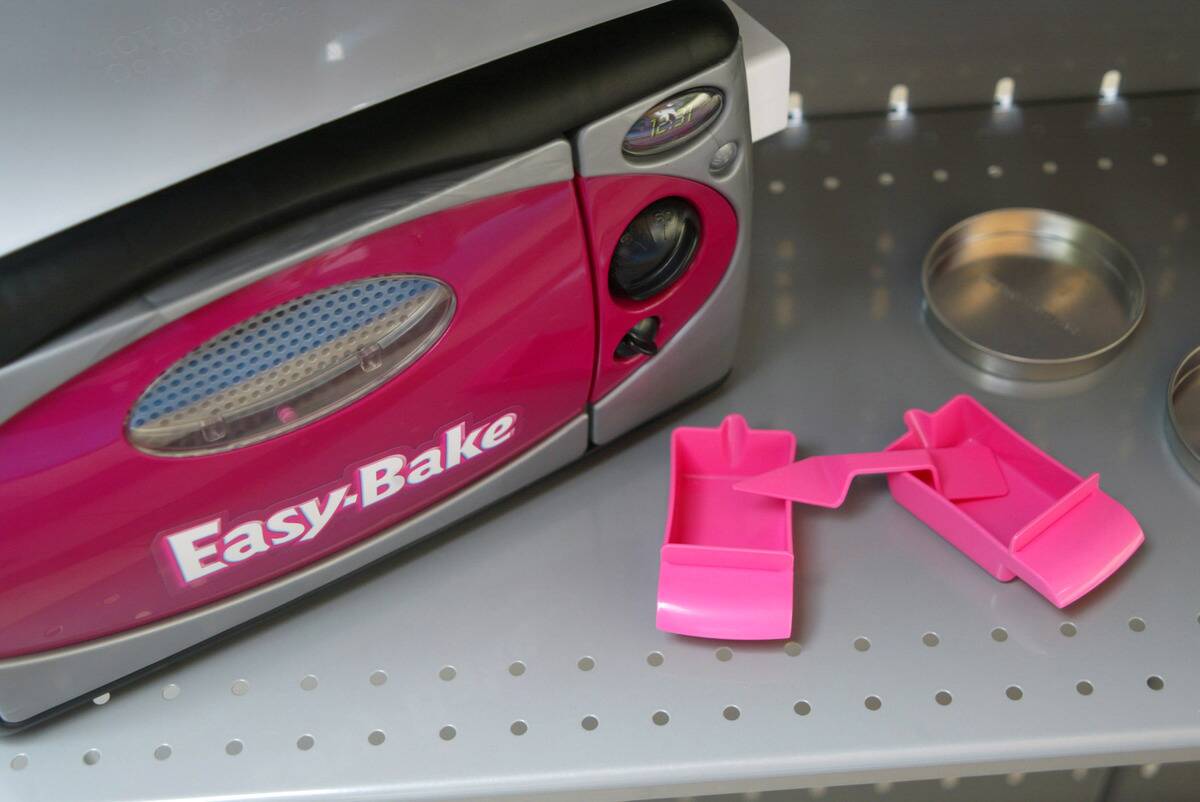
The Easy-Bake Oven, introduced in the 1960s, continued to delight aspiring young bakers throughout the 1970s. Using a simple light bulb as a heat source, kids could bake miniature cakes and cookies, experiencing the joys of cooking in a safe, manageable way. This toy encouraged creativity in the kitchen and provided a sense of accomplishment with each successful treat. The Easy-Bake Oven remains a beloved classic, inspiring generations of future chefs.
Pet Rocks: The Quirky Pet Craze That Made Millions
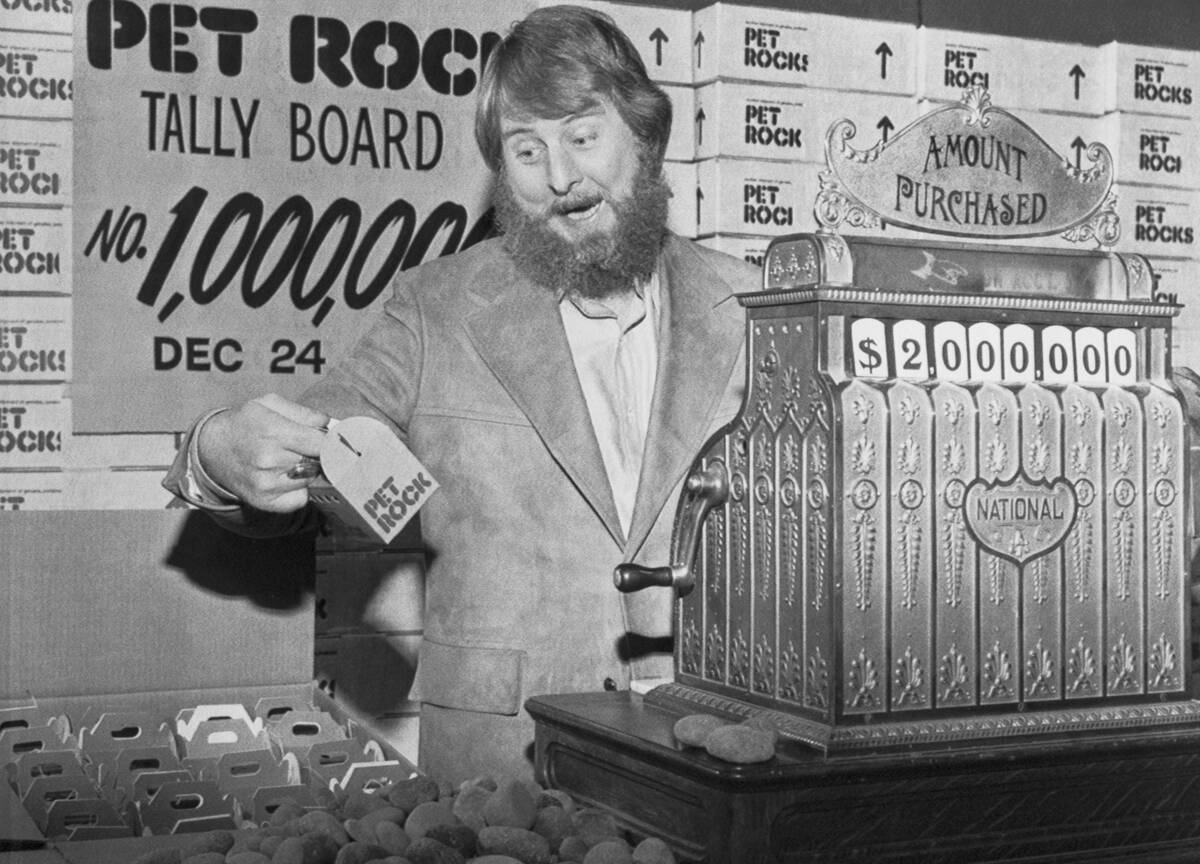
In 1975, Gary Dahl introduced the world to Pet Rocks, one of the most peculiar and successful fads of the decade. These “pets” required no feeding or cleaning, making them the ultimate low-maintenance companion. Packaged in a cardboard box with breathing holes and a “care manual,” Pet Rocks quickly became a cultural phenomenon. Despite their simplicity, Pet Rocks generated millions in sales, proving that sometimes the simplest ideas are the most successful.
The Simon Game: A Colorful Challenge of Memory and Reflexes
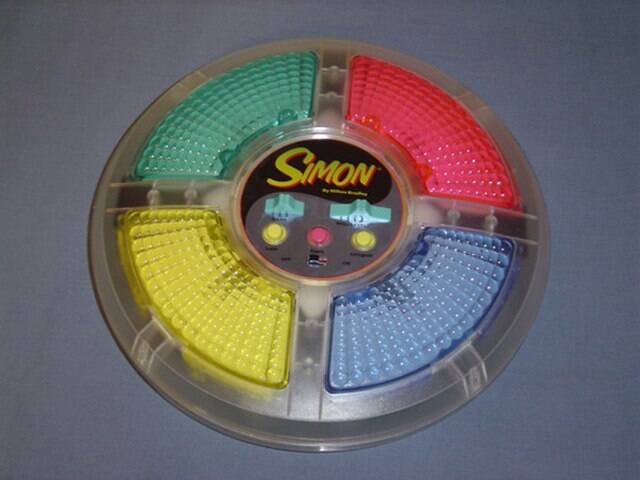
Launched in 1978, the Simon game became an instant classic with its bright lights and catchy tunes. The game tested players’ memory and reflexes by challenging them to repeat increasingly complex sequences of colors and sounds. Simon’s engaging gameplay and simple design made it a favorite among kids and adults alike. Its enduring appeal lies in its ability to entertain and challenge, making it a staple in family game nights for decades.
Fisher-Price Little People: The Miniature World of Imagination
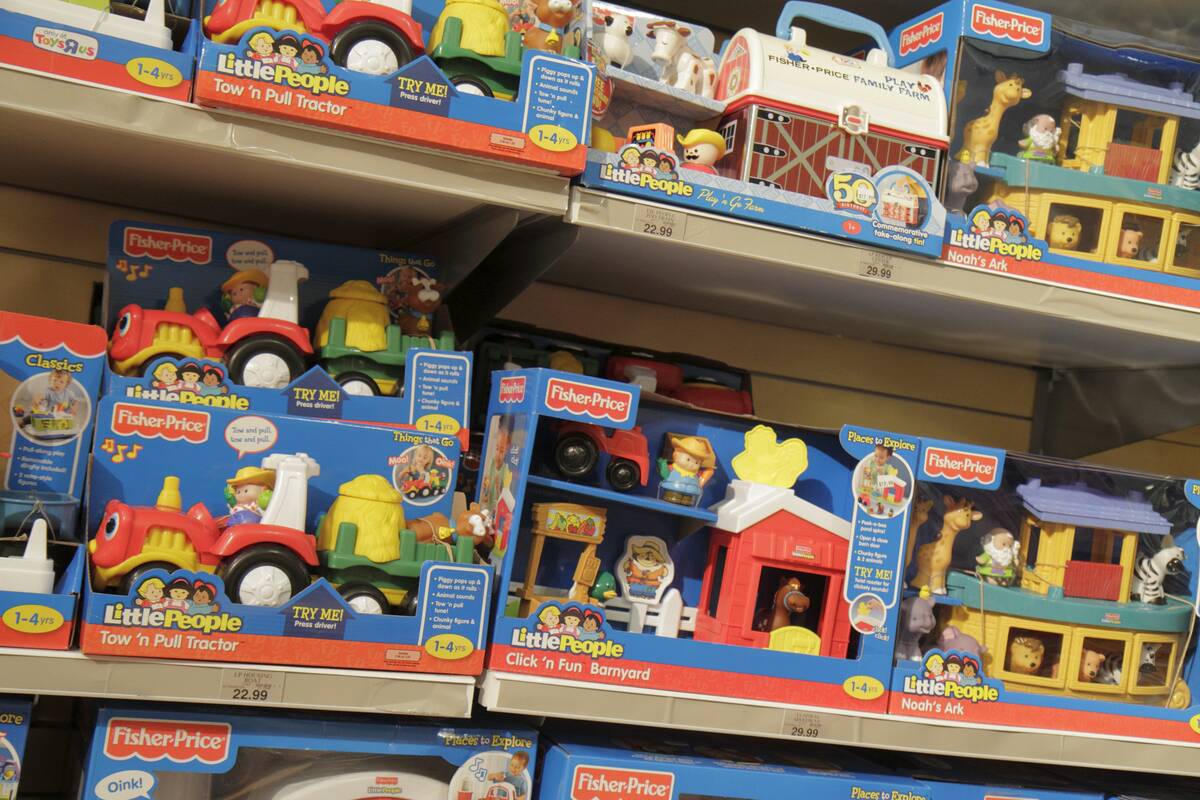
Fisher-Price Little People were a mainstay in 1970s playrooms, offering children a miniature world to explore and create stories. These small, round figures came with playsets like the iconic Little People School Bus and the Family Farm, sparking imaginative play. The simplicity and versatility of Little People allowed kids to craft their own adventures, fostering creativity and social skills. They continue to be a beloved toy, evolving with new designs and themes over the years.
Etch A Sketch: The Magic Screen That Made Everyone an Artist
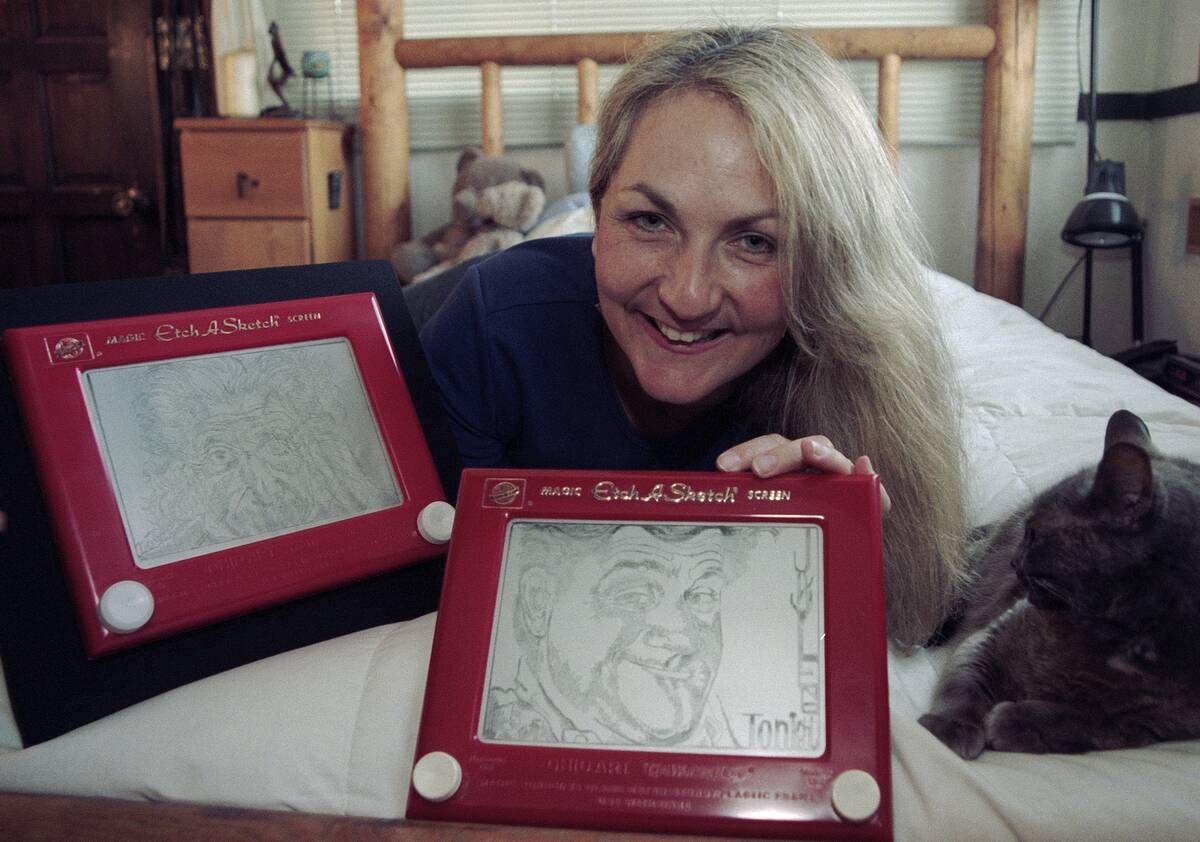
The Etch A Sketch, invented in 1960, remained a popular toy throughout the 1970s, captivating young artists with its unique drawing capabilities. Using two knobs, kids could create intricate designs or simple sketches on the magic screen, only to shake them away and start anew. This toy encouraged creativity and fine motor skills, offering endless artistic possibilities. The Etch A Sketch remains a classic, with its iconic red frame and satisfying clicks, inspiring artists of all ages.
The Popularity of Board Games: Connect Four, Battleship, and Beyond
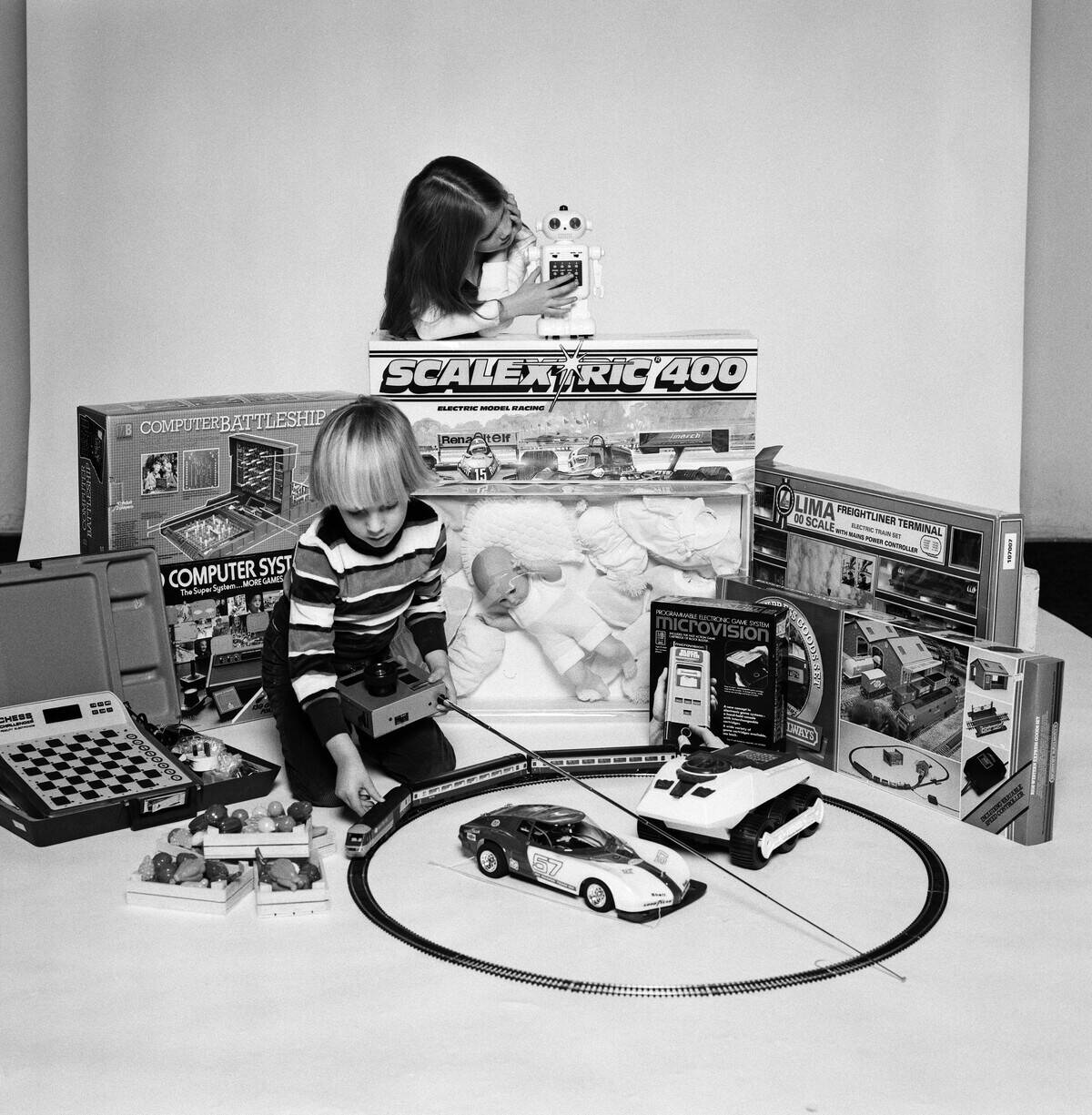
Board games experienced a surge in popularity during the 1970s, with titles like Connect Four and Battleship becoming household staples. These games offered families a chance to bond over strategic thinking and friendly competition. Connect Four, with its simple yet challenging gameplay, and Battleship, with its naval warfare strategy, provided hours of entertainment. Board games from this era laid the foundation for the diverse and innovative games we enjoy today, keeping the tradition of family game nights alive.
Weebles: The Wobbling Toys That Never Fell Down
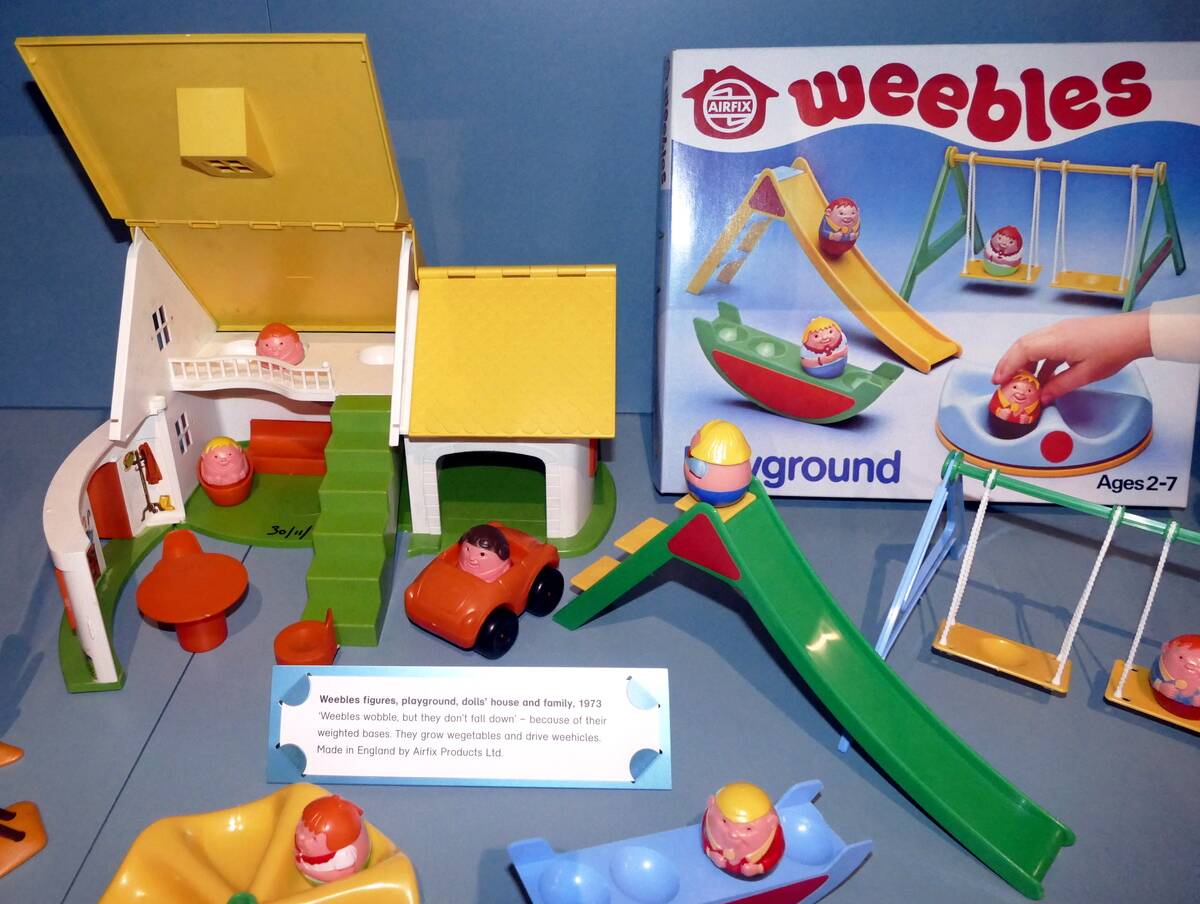
Weebles, introduced by Hasbro in 1971, became a favorite among children for their unique design and catchy slogan: “Weebles wobble, but they don’t fall down.” These egg-shaped figures had a rounded bottom that allowed them to wobble but always return to an upright position. This simple yet ingenious design captivated young minds and provided endless amusement. Weebles remain a nostalgic symbol of 1970s playtime, with their cheerful appearance and unyielding stability.
Stretch Armstrong: The Super-Stretchy Hero Kids Could Not Break
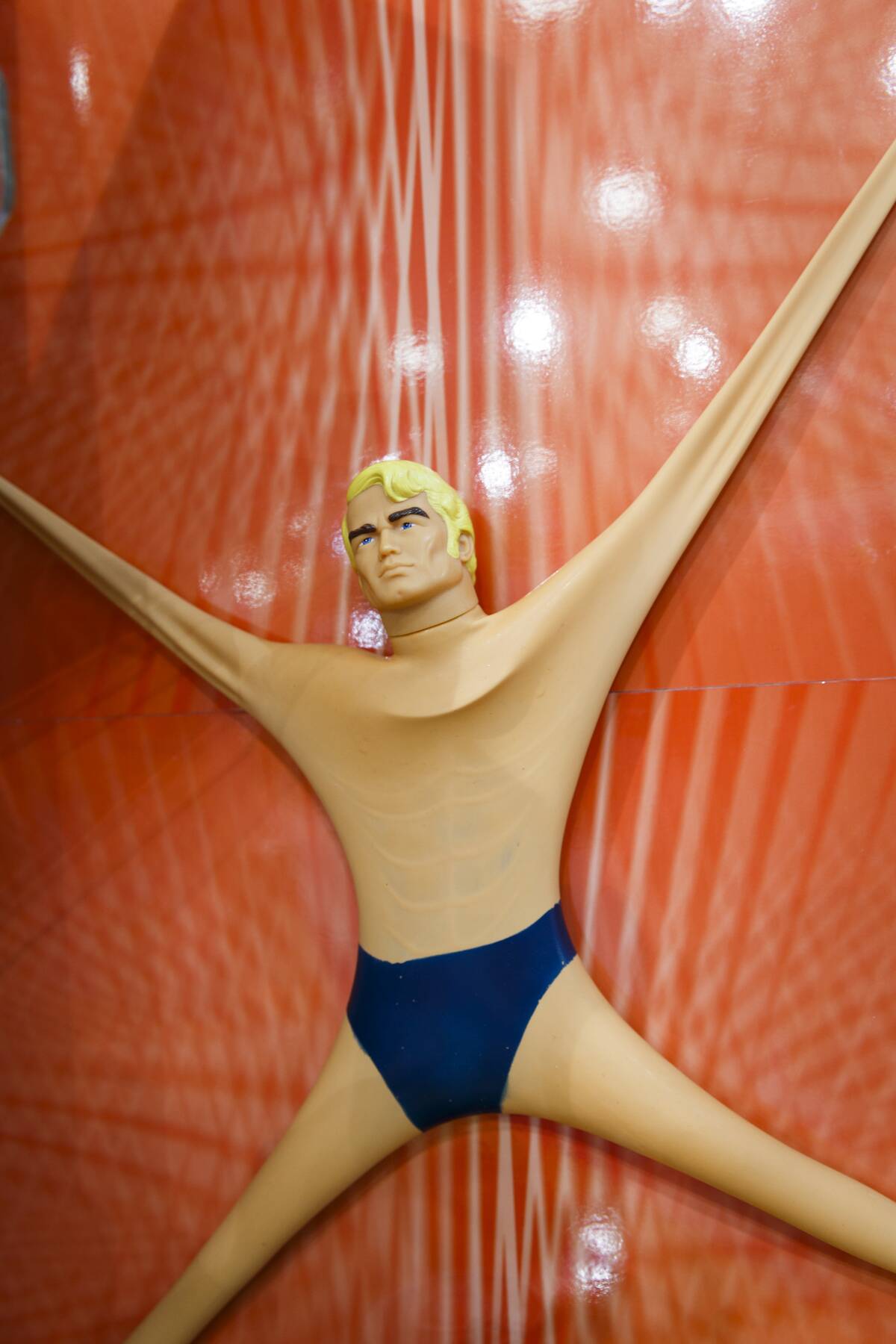
Stretch Armstrong, the iconic stretchable action figure, was introduced by Kenner in 1976. Made from latex rubber filled with a gelled corn syrup, Stretch could be pulled and stretched to incredible lengths without breaking. This durable design fascinated kids, who tested Stretch’s limits in imaginative play. Despite its resilience, accidents did happen, leading to the discovery of its gooey insides. Stretch Armstrong remains a beloved toy, remembered fondly for its unique flexibility and durability.
The World of Plush: Raggedy Ann and Cabbage Patch Kids
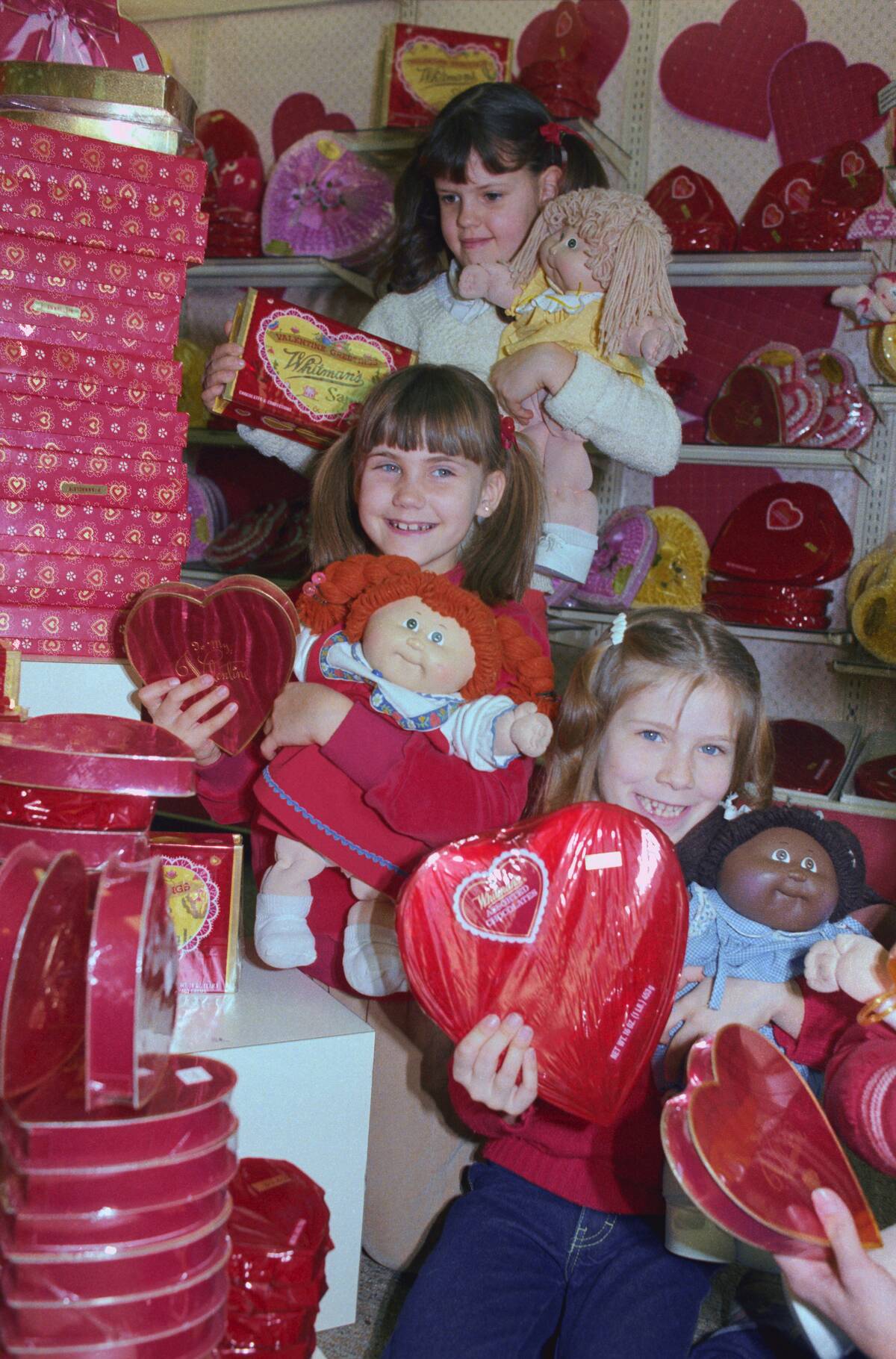
Plush toys like Raggedy Ann and Cabbage Patch Kids were cherished companions for many children in the 1970s. Raggedy Ann, with her red yarn hair and heartwarming stories, continued to be a comforting presence in nurseries. The late ’70s saw the introduction of Cabbage Patch Kids, with their unique “adoption” concept and distinctive features. These plush dolls offered a sense of companionship and care, becoming beloved members of countless families.



